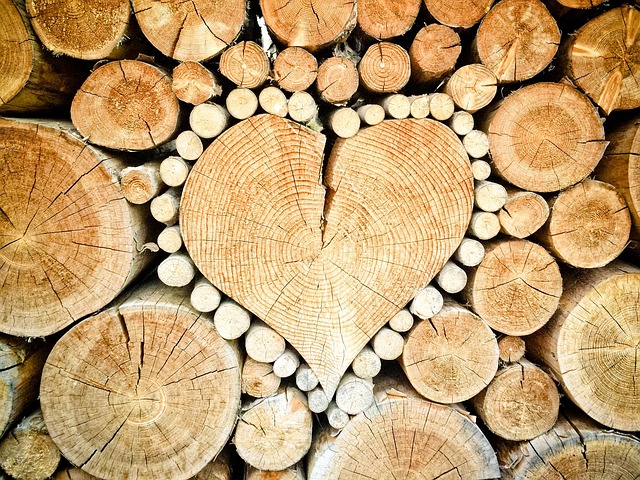Understanding Timber Production and Its Environmental Consequences
Deforestation remains one of the most pressing environmental issues of our time, and at its heart lies the activity of timber production. When we think about the forests that envelop our planet, it’s easy to envision their vast beauty and the crucial role they play in sustaining life. However, timber production, while essential for numerous industries, often comes at a heavy price for these natural ecosystems.
The Complex Relationship Between Timber and Forests
Timber production involves harvesting wood from forests to supply materials for construction, paper, furniture, and countless other products. This demand drives the clearing of forested areas, sometimes leading to large-scale deforestation. For communities living near these forests, the impact is palpable — loss of biodiversity, changes in local climate, and disruption of traditional ways of life.
Feeling the Impact on a Personal Level
Imagine walking through a dense, vibrant forest — the air rich with the scent of pine and earth, the sound of birdsong creating a symphony around you. Now, envision that same path stripped bare, trees fallen and landscapes scarred. This transformation is not just about trees being cut down; it touches the very essence of our environment and, by extension, our connection to nature.
Balancing Timber Needs with Sustainability
While timber production is crucial for economic growth and meeting human needs, the feeling of loss associated with deforestation pushes us to reconsider how we manage these resources. Sustainable forestry practices, such as selective logging and reforestation, emerge as vital strategies to ensure forests continue to thrive while supporting the timber industry.
Taking Action Through Awareness and Choice
As consumers, understanding timber production’s role in deforestation helps us make informed choices — supporting certified sustainable wood products or advocating for policies that protect forests. Recognizing the intimate connection we share with forests can inspire a collective commitment to preserving these green lungs of the Earth for generations to come.




